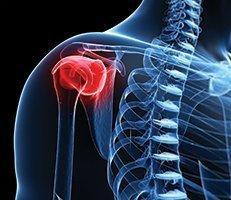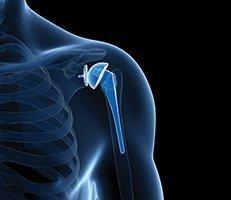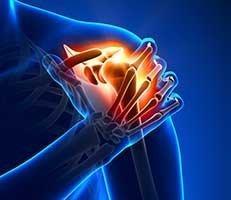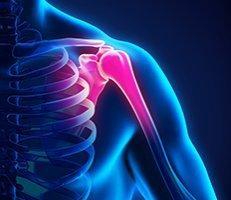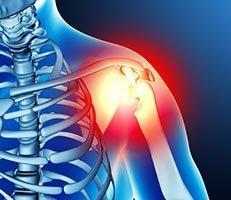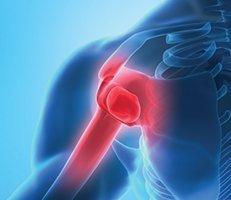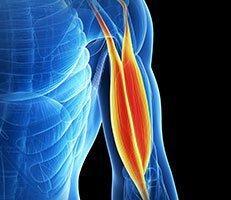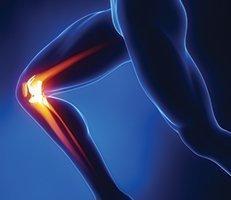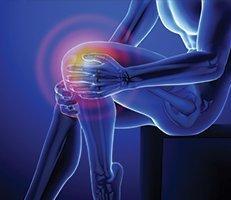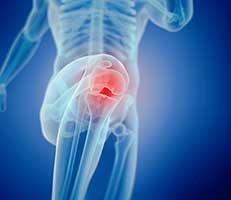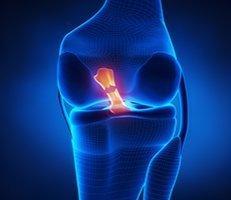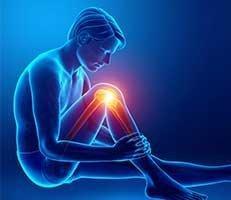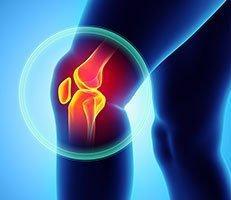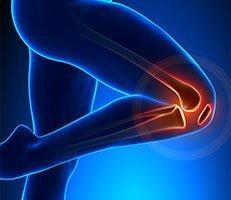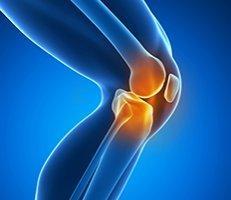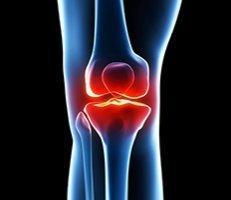An injury to the anterior cruciate ligament typically occurs in athletes who play sports that require pivoting, jumping, or rapid changes in direction. For example, a contact hit in football, landing from a jump shot in basketball, or changing directions while playing soccer can all cause an ACL tear. Though some injuries are more difficult to discern than others, an ACL injury may be easy to discover once you understand the symptoms associated with it.
Please click here to learn more about ACL tears.
Anterior Cruciate Ligament Injury Symptoms
Symptoms of an anterior cruciate ligament injury can also signal another problem with the knee. Symptoms of a severe and sudden ACL injury include:
- Hearing a “pop” in the knee at the time of injury
- Knee instability
- Pain on the outside and around the knee
- Knee swelling
- Limited knee movement
Other injuries to the knee can cause similar symptoms to that of an ACL injury. These include broken bones, damage to the menisci (knee cushions), or damage to other ligaments in the knee. After an acute injury, you will probably have to stop the activity you’re doing, but you may still be able to walk. Severe injuries may cause to you collapse under your injured knee and fall.
An ACL avulsion happens when the ACL is torn away from either the upper leg bone or lower leg bone. This injury is more common in children than adults. Additionally, gender differences could increase the risk of ACL ruptures in women.
Chronic Anterior Cruciate Ligament Deficiency
There is one main symptom associated with chronic (long lasting and recurrent) ACL deficiency: an unstable knee joint. With an unstable knee joint, the knee often buckles, especially when attempting the feats in the sports discussed above. Patients may also experience recurrent pain and swelling. Though not everyone with an injury will develop a chronic condition, these symptoms raise concern for ongoing knee injuries, including cartilage and meniscus tearing.
Occurrence of ACL Deficiency
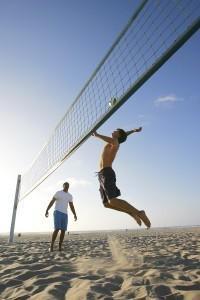 An ACL injury may develop into chronic ACL deficiency, which can lead to an unstable knee. Patients can develop an ACL deficiency if they have had an untreated ACL injury or an ACL injury that was unsuccessfully treated. ACL deficiency can cause damage to the joint and osteoarthritis.
An ACL injury may develop into chronic ACL deficiency, which can lead to an unstable knee. Patients can develop an ACL deficiency if they have had an untreated ACL injury or an ACL injury that was unsuccessfully treated. ACL deficiency can cause damage to the joint and osteoarthritis.
Treatment of Acute ACL Injury
When an acute injury to the anterior cruciate ligament occurs, you typically know by the sound it makes. You will hear a popping sound, and your knee may give out, causing you to fall. The knee will swell and will be too painful for you to continue any activity.
An ACL injury can cause small or medium tears to the ligament. A complete tear is called a rupture. The ligament can also separate from the upper or lower leg bone. The surrounding bone may also fracture. In any of these cases, the lower leg bone (tibia) moves forward or rotates abnormally, giving the knee a sense of buckling or giving way.
Torn Anterior Cruciate Ligament Treatment
The treatment for a torn anterior cruciate ligament depends on:
- The condition of the ligament before the injury
- The health of the knee prior to the injury, including partial tears, ACL deficiency, and changes in the ligament due to age.
- The extent of damage to the ligament. Injuries are grouped into categories of grade I, II, or III sprains
- Other injuries to the knee
- Age
- Activity level
- Timing of the ACL diagnosis. The sooner the problem is diagnosed, the better.
Grading a Knee Sprain
ACL sprains are graded using three levels, each more severe than the last.
Grade I sprain:
- The fibers of the ligament are stretched, but there is no tear apparent.
- The knee is tender and slightly swollen.
- The knee does not feel unstable or give out.
Grade II sprain:
- The fibers of the ligament are partially torn.
- The knee is tender and moderate swelling occurs.
- The joint can feel unstable or give out during activity.
Grade III sprain:
- The ligament itself has torn completely into two parts. This a rupture or complete tear of the ligament.
- Swelling and tenderness is apparent.
- The ligament loses control of knee movements.
Rehabilitation From Anterior Cruciate Ligament Injuries
People who suffer from minor knee injuries typically begin recovery with physical rehabilitation. These rehabilitation exercises help to build back the strength and flexibility of the muscles on the front of the thigh (quadriceps) and back of the thigh (hamstrings). After rehabilitation, most people can return to their normal level of activity.
More severe injuries to the anterior cruciate ligament may need a few months or more of rehabilitation. Surgery may also be necessary. Although not all ACL injuries require surgery, it’s important to start regaining motion in the knee and building back strength soon after your injury. This will either prepare the knee for long term rehab or surgery, depending upon which treatment option you and your doctor choose. A Marina Del Rey orthopedic surgeon can determine the proper treatment necessary for ACL rehabilitation.
Next read about ACL injury prevention.

